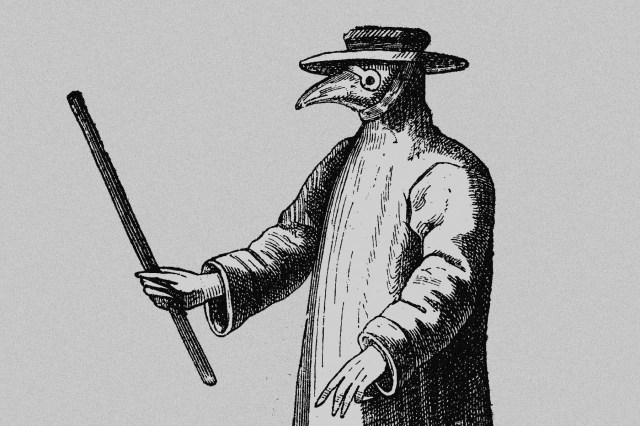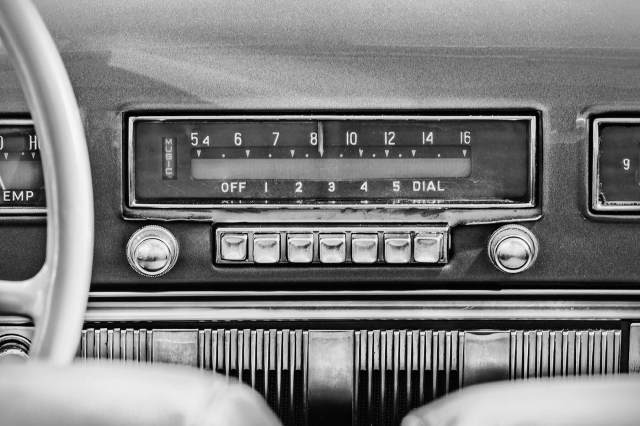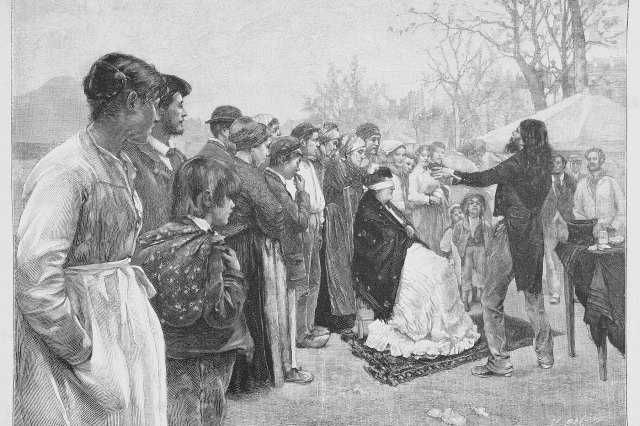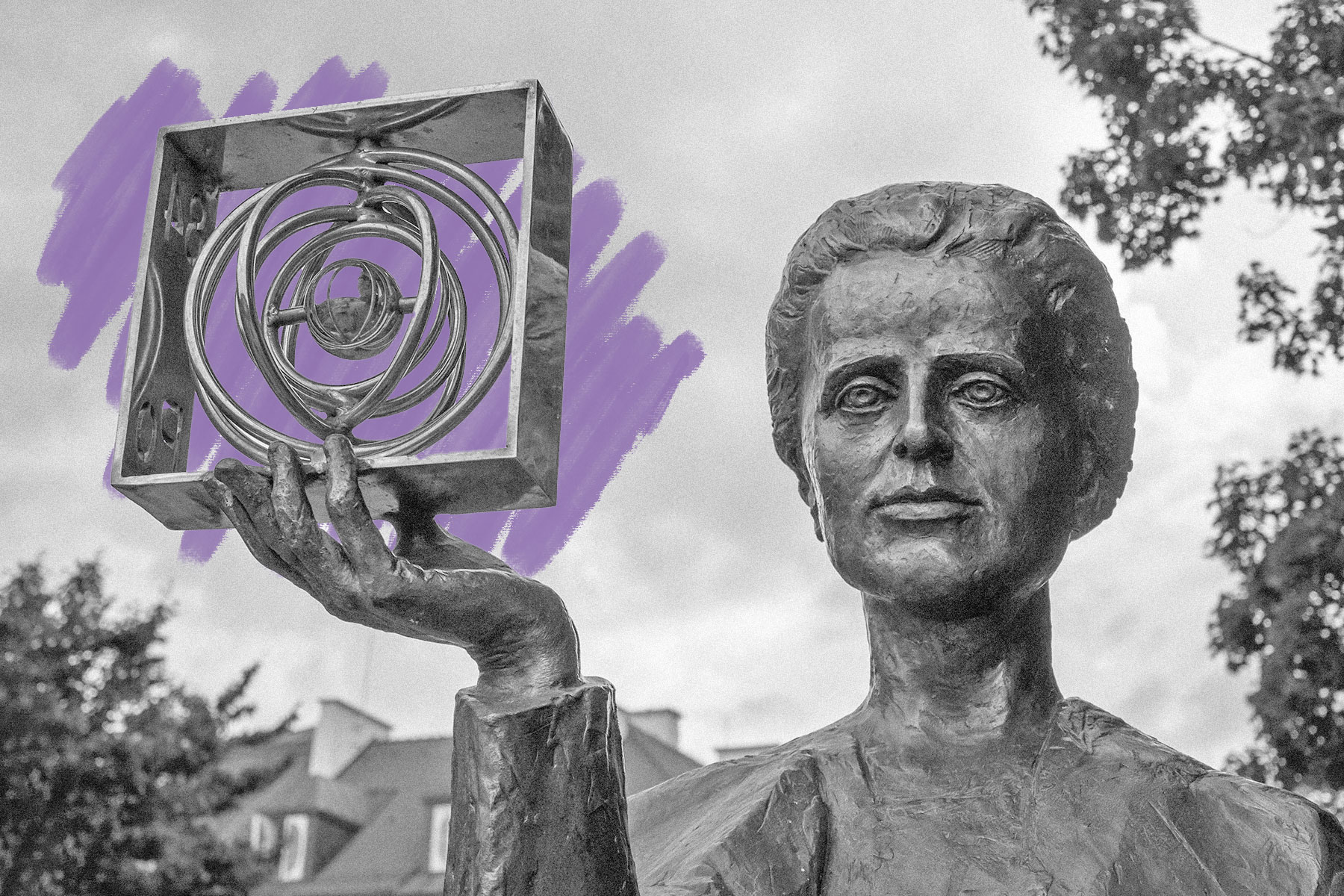Marie Curie donated her Nobel Prize to the WWI war effort.
During her legendary career as a physicist and chemist studying radioactivity, Marie Curie won the Nobel Prize twice: once in physics in 1903, an award she shared with her husband Pierre and their colleague Henri Becquerel, and once in chemistry in 1911. When World War I broke out across Europe, Curie decided that she would use her prize to assist the war effort. She offered to donate the gold from her two medals to be melted down, but the French National Bank refused to accept the offer. Instead, Curie used most of the prize money she had received to purchase French war bonds.
The scientist’s contributions to the war effort didn’t stop there. She also used her expertise in radiology to develop mobile X-ray vans, which she and dozens of trained women, including her daughter and future Nobel winner Irène Curie, used to treat wounded soldiers. Curie’s mobile X-rays were a crucial innovation: Though X-ray machines were becoming commonplace in French hospitals, they were often far from the battlefield and too complex to carry in combat. The X-ray vans, nicknamed “little Curies,” were equipped with machines that could locate shrapnel and broken bones in wounded soldiers, and provide them with more immediate medical care.
You may also like
Recommendations For You
-
01.
 Science & Industry
Science & IndustryWhy Did Doctors Wear Beak Masks During the Bubonic Plague?
-
02.
 Science & Industry
Science & Industry5 Inventions That Came Out of the Great Depression
-
03.
 Science & Industry
Science & Industry6 Amazing Breakthroughs Made by the Ancient Greeks
-
04.
 Science & Industry
Science & Industry6 Shocking “Scientific” Beliefs From Victorian England











